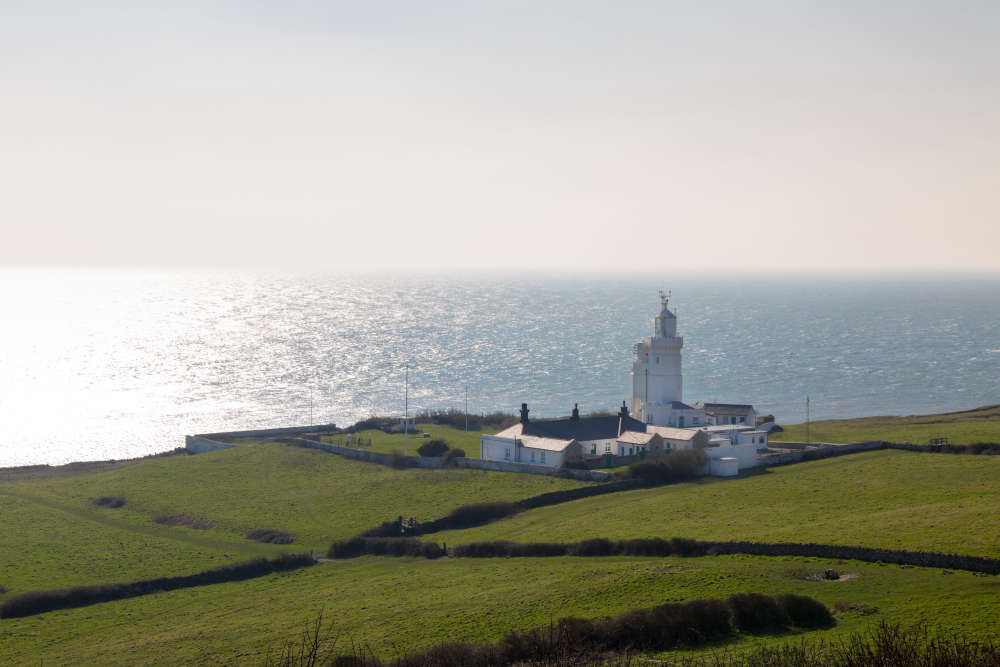
William Hale White wrote six novels under the name of Mark Rutherford in the mid 1800s.
He was a frequent visitor to the Isle of Wight and over a period of forty years wrote to, and visited his friends Richard and Sarah Colenutt of Union Street Ryde.
White greatly enjoyed his visits to the Isle of Wight. In Mark Rutherford: A Biography of William Hale White (1955), Catherine Macdonald Maclean records that Hale White “gloried in Nunwell and Shanklin Down, Wootton Bridge, which although not a show place, was always ‘singularly attractive’ to him, Brading, Whitecliff Bay and St. Helens, watched the summer sunsets from Ryde Pier and drank beauty as from a cup.”
Hale White’s friends, the Colenutts, owned and lived above the grocer’s shop in Union Street, Ryde, where McColl's is now.
Hale White was born in Bedford in 1831. He was educated locally, then, seeking to pursue a career in the clergy went to New College in London. He was expelled from the college with two other students for “doubting the authenticity of the gospels.”
Failing as a teacher he worked for the radical publisher John Chapman in The Strand where he worked with the novelist George Eliot. He married Harriet Arthur in 1856 and they had four children. In order to supplement his income he wrote for provincial papers and eventually six novels under the name Mark Rutherford. This is his principal claim to fame.
From a series of letters to The Colenutts, it seems Hale White and his wife were in Ryde in 1871.
“The visit to the Island has been a very pleasant one. The air at St. Helens is very good but that at Union Street is much better.” - 18 February 1871.
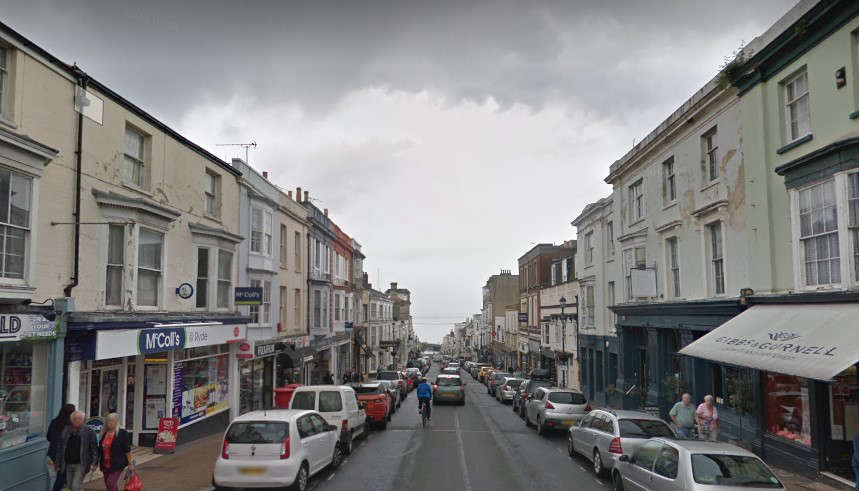
Union Street, Ryde where the Colenutts lived. Picture by Google Maps.
In 1872 he regrets not being able to have visited the Colenutts, writing that “Ryde is a second home to us and I cannot bear that any lengthening time should go by without a visit.” - 13 October 1872, and again, in 1873, he writes that whenever I do think of going anywhere [it is to the Isle of Wight] that I instinctively turn.” - 13 April 1873. In 1883 we find Hale White, with his son Willie, staying with Mrs Kents in Chale. Travel on the Island seems to have been difficult, because the letter says “I cannot come to Ryde tomorrow as on Wednesday the carrier does not leave here till 9 o'clock and I should not be in Ryde till nearly 2, the trains being particularly awkward.” - 15 May 1883.
In the following year he arranges to visit Ryde on the Sunday morning after a week on business in Portsmouth, before the Colenutt daughter Kate’s wedding, returning the same evening. All the visits might not be recorded, but in 1890 he again writes that he hopes to be in Ryde in November that year. - 17 October 1890.
It is clear that Hale White loved visiting the Isle of Wight. This was partly because of his friendship with the Colenutts but he also seems to have had a genuine affection for it. In 1891 he writes: “I hanker after your town. It is more to me that any other town now; for although I have many friends in the place of my birth, they are not particularly close, and for some reason I dislike Bedford. My father’s shade meets me on every corner.” - 14 November 1891.
Sadly, Hale White’s wife suffered from multiple sclerosis and died in 1891. On a visit to Bournemouth 1892 he looks across at the lights of The Needles and St Catherine’s Point.
“We look to the Island, and a beautiful object it is’ and his imagination ‘goes beyond and almost sees Ryde.” - 31 January 1892.
In April 1900, just before his friend Richard Colenutt died, Hale White writes to Sarah, remembering their friendship, but very much expressed in terms of the place: “Union Street, Shanklin Down, Ashey, Nunwell, the Lake Country – all these are mingled together.” - 13 April 1900.
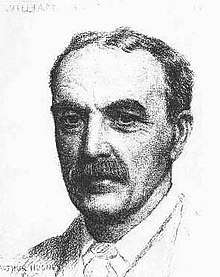
In a 1902 letter he again remembers Nunwell and Shanklin Down and also Wootton Bridge, Brading, Whitecliff Bay and St Helens, as well as recalling how Richard had recited the whole of Tennyson’s In Memoriam from Ryde Pier.
That year he visited Freshwater for a short visit, but wrote that: “It was too far from Ryde, but every place near the Solent was crowded.”
He was looking for Louisa Tennyson, the second wife of Lord Tennyson's brother, Arthur, with whom he had corresponded but, she had moved.
He again hopes to go to Ryde in 1903, though it is not certain that he did, but from letters in late May and June 1905 it seems he is in Ventnor staying at 6 Alexandra Gardens. This appears to be his last visit to the Island.
In December 1905 he writes to Mrs Colenutt that he is 74. The last letter on record ends in 1910 written shortly after he meets and marries novelist Dorothy Vernon Smith, 45 years his junior.
In Dorothy’s Groombridge Diary there is only one mention of Sarah Colenutt and that is in a footnote where she writes: “I enclose a letter from Hale's very oldest friend, a Mrs Colenutt, who is now 86. When Hale first met her he was a lad of 19 and was taken in to see this Mrs Colenutt’s blue-eyed baby daughter who is now a grandmother. The friendship has never been broken, but has remained active ever since that time.”
On 14 March 1913, Dorothy notes ‘My dear one passed away this morning at about 10.30’. Hale White’s great friend and correspondent outlived him by three years.
The Mark Rutherford novels are available from second-hand booksellers as well as being downloadable from Gutenberg and Kindle free of charge.

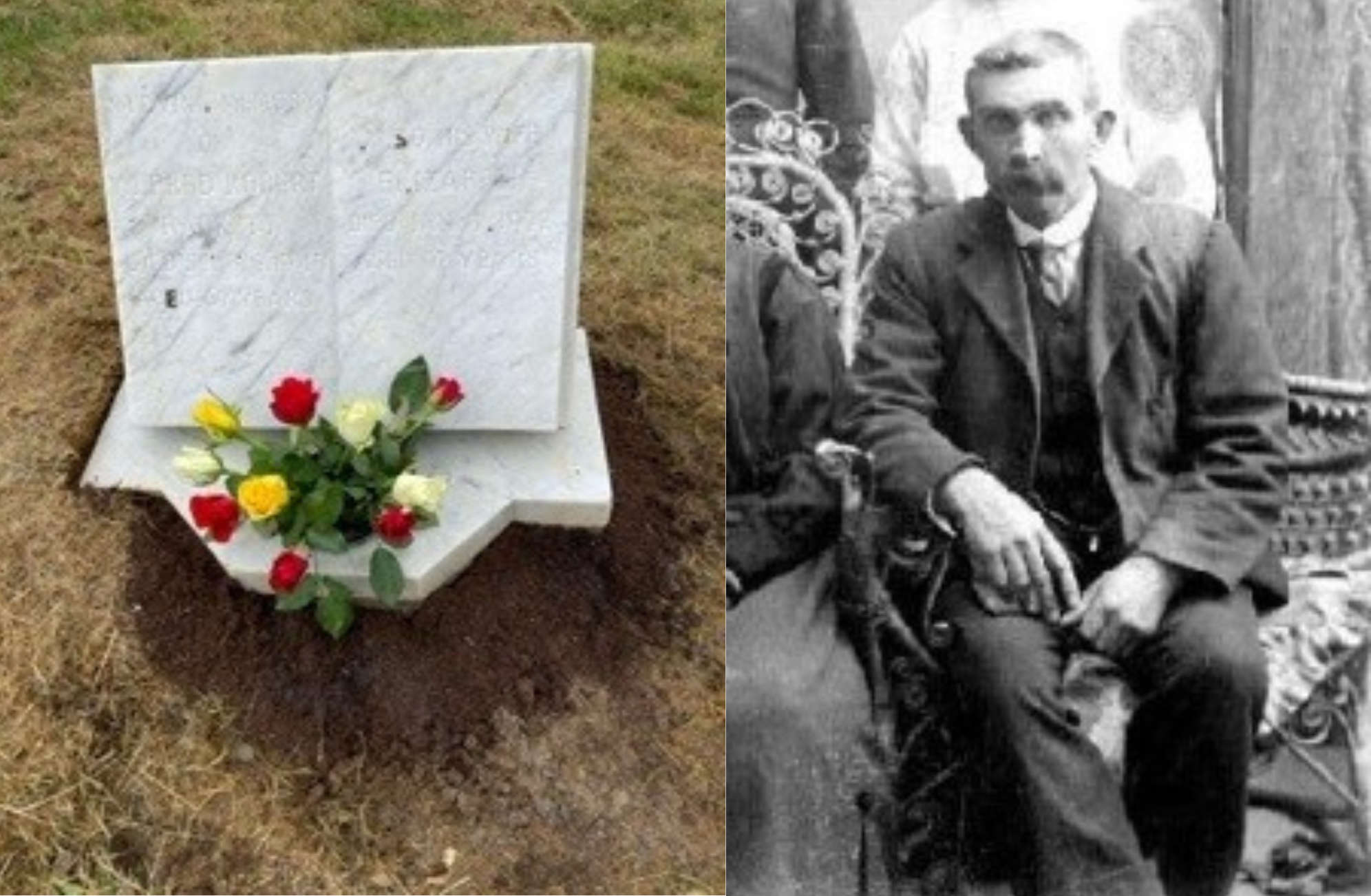 Newport Bombing Victim Officially Recognised by Common Wealth War Graves Commission
Newport Bombing Victim Officially Recognised by Common Wealth War Graves Commission
 Five Isle of Wight Dancers to Represent England in Global Dance Open Finals
Five Isle of Wight Dancers to Represent England in Global Dance Open Finals
 NEW COMPETITION: Win A Luxury Hamper For National Pet Day
NEW COMPETITION: Win A Luxury Hamper For National Pet Day
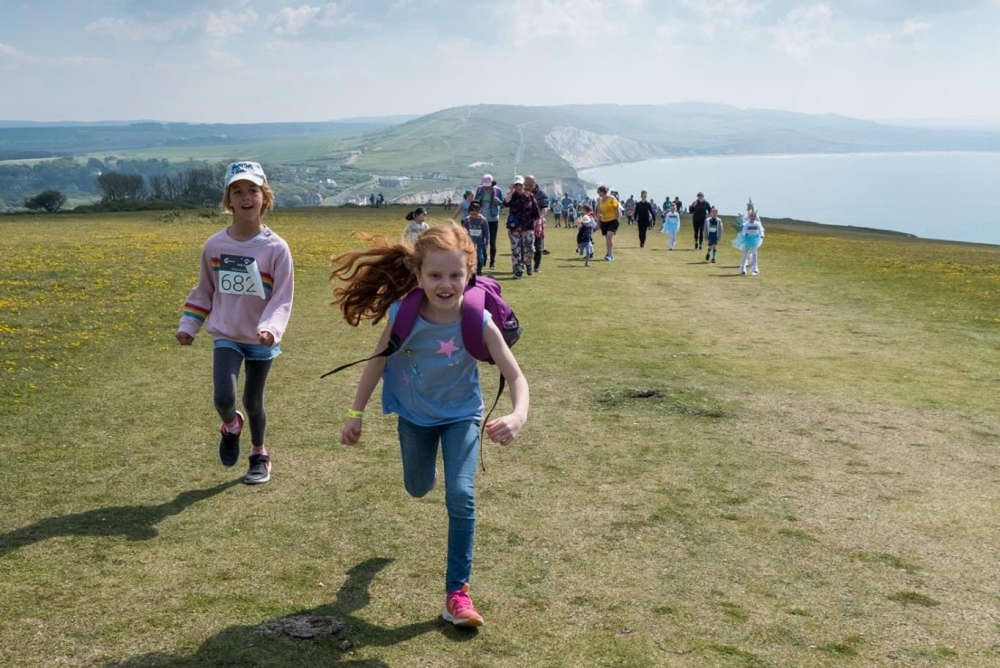 Schools Walk The Wight is Back
Schools Walk The Wight is Back
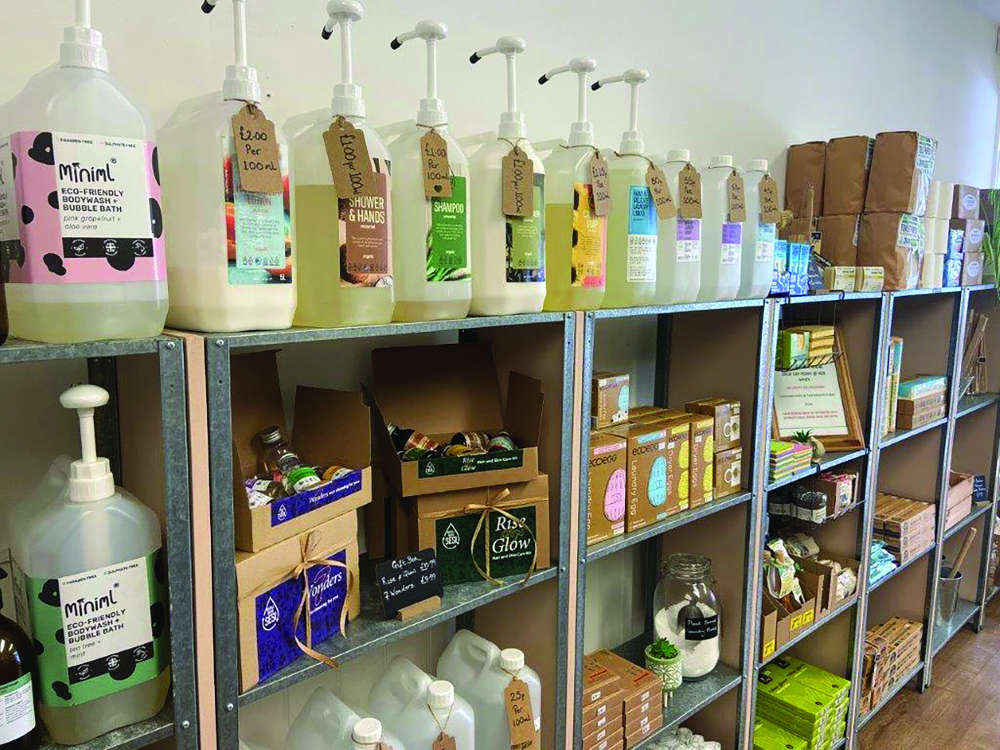 How a Popular Ryde Shop Helps Buyers Reduce, Re-use and Recycle
How a Popular Ryde Shop Helps Buyers Reduce, Re-use and Recycle
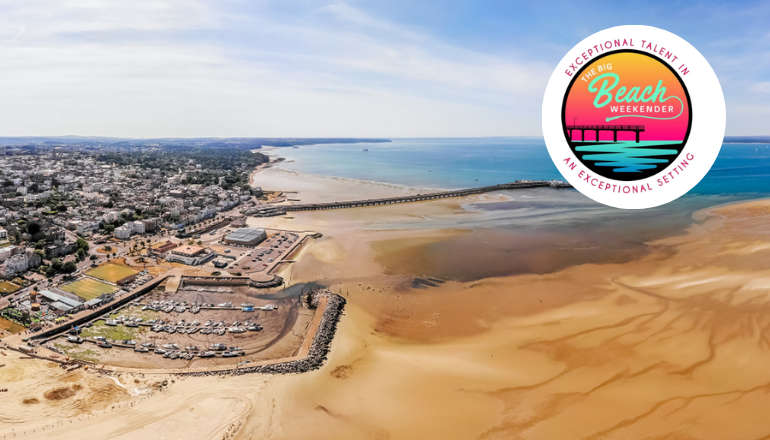 Summer Dates Announced For Ryde's Big Beach Weekender
Summer Dates Announced For Ryde's Big Beach Weekender
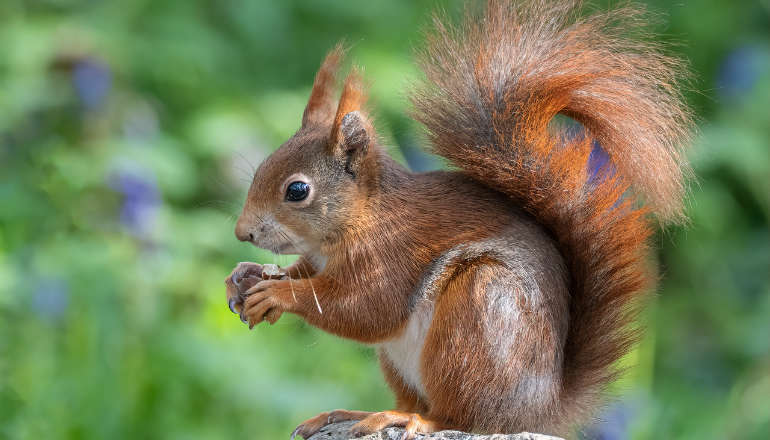 Isle Of Wight Red Squirrel Hotspots To Look Out For This Easter
Isle Of Wight Red Squirrel Hotspots To Look Out For This Easter
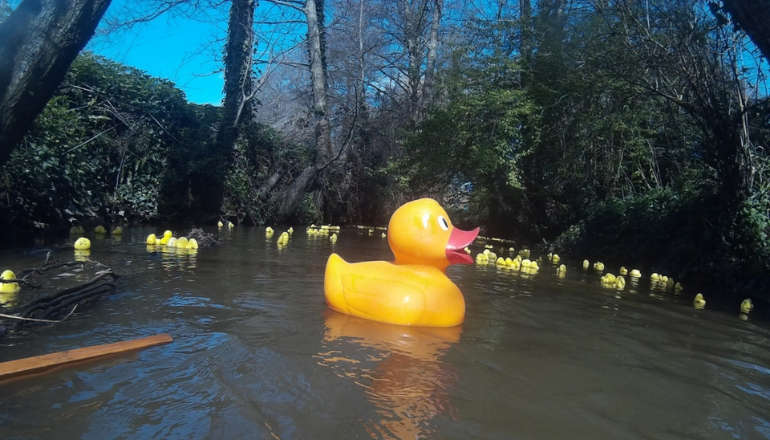 Purple Twist For Newport's Annual Aspire Easter Duck Race
Purple Twist For Newport's Annual Aspire Easter Duck Race
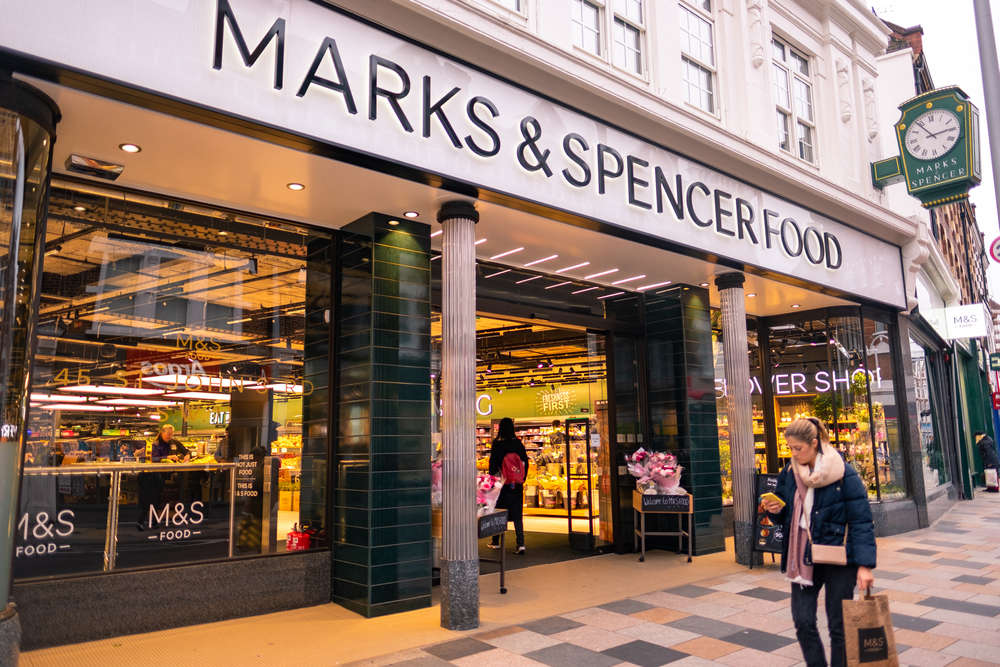 NEW COMPETITION: Win A £50 M&S Voucher
NEW COMPETITION: Win A £50 M&S Voucher
 Understanding Mental Health
Understanding Mental Health
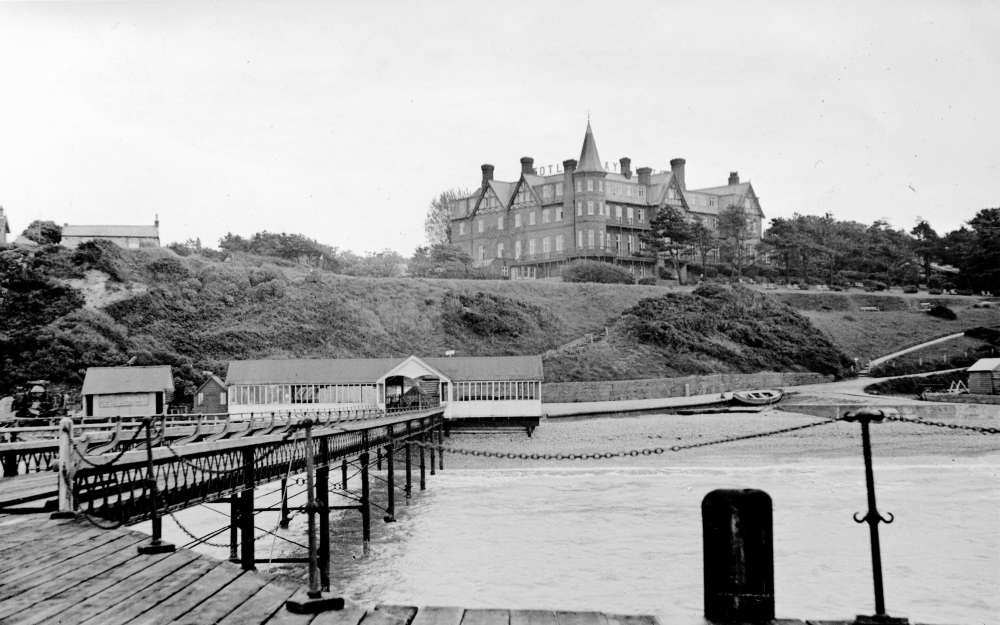 Totland Reflections: The Creation of a Seaside Resort
Totland Reflections: The Creation of a Seaside Resort
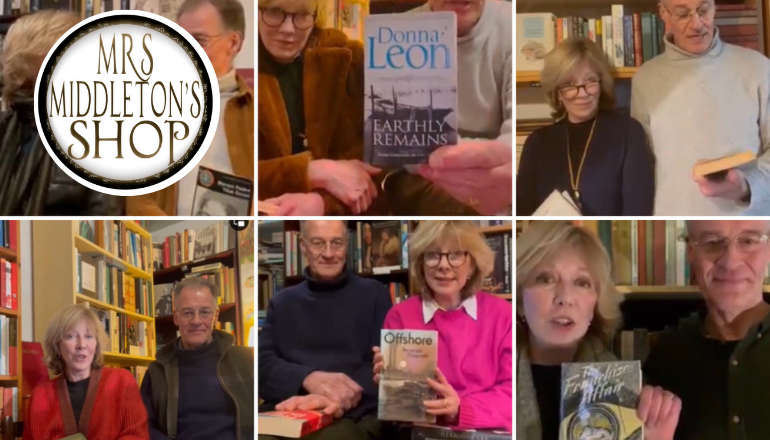 Freshwater Bookshop Shortlisted For Prestigious National Award
Freshwater Bookshop Shortlisted For Prestigious National Award
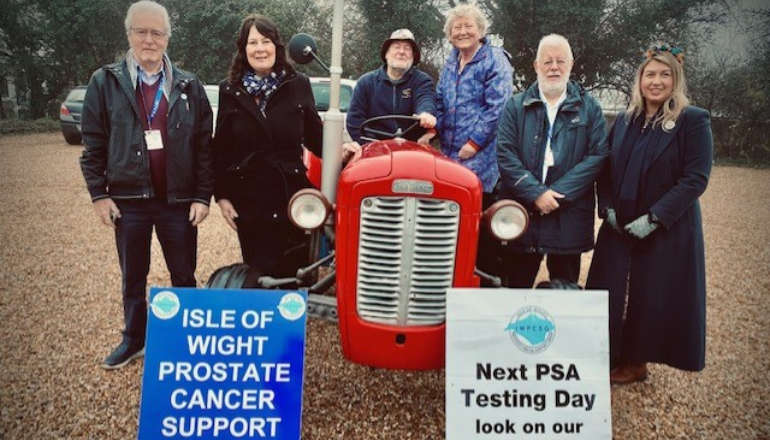 Brighstone Christmas Tree Festival Raises Over £6,000 To Help Island Charities in 2023
Brighstone Christmas Tree Festival Raises Over £6,000 To Help Island Charities in 2023
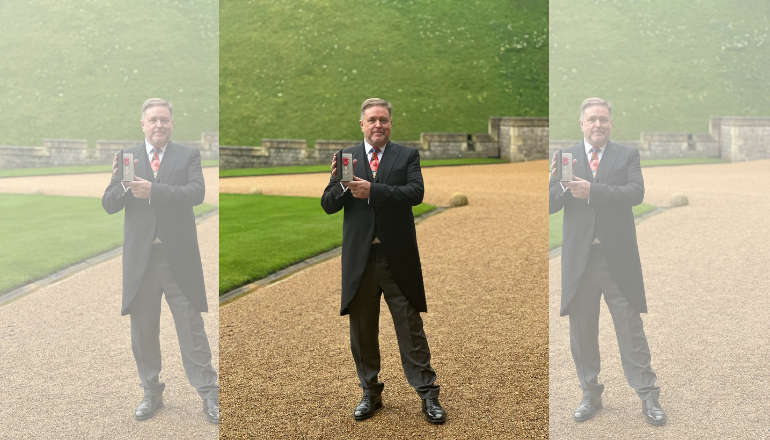 MBE Honour For Mountbatten Chief Nigel
MBE Honour For Mountbatten Chief Nigel
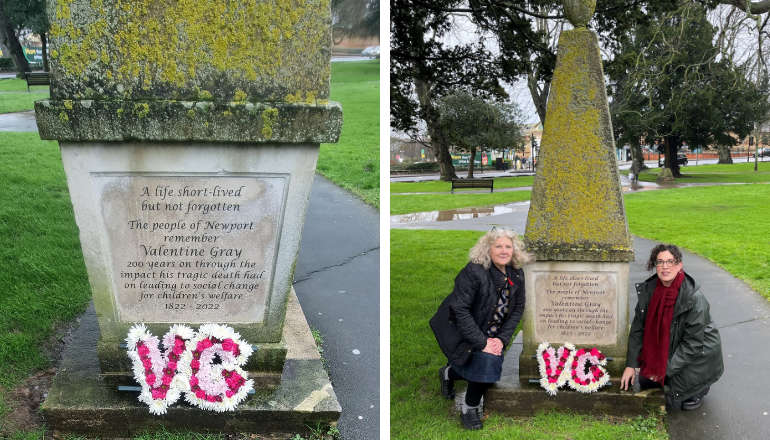 The Little Sweep Remembered On Valentine’s Day
The Little Sweep Remembered On Valentine’s Day
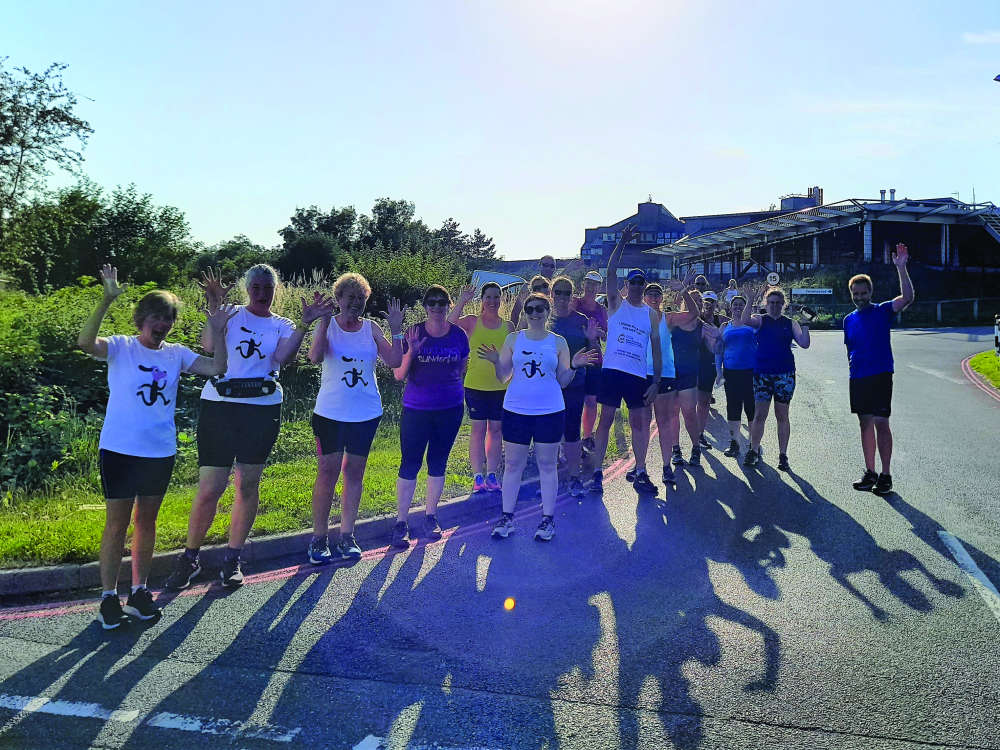 Get Fit by Joining a Regular Social Running Group
Get Fit by Joining a Regular Social Running Group
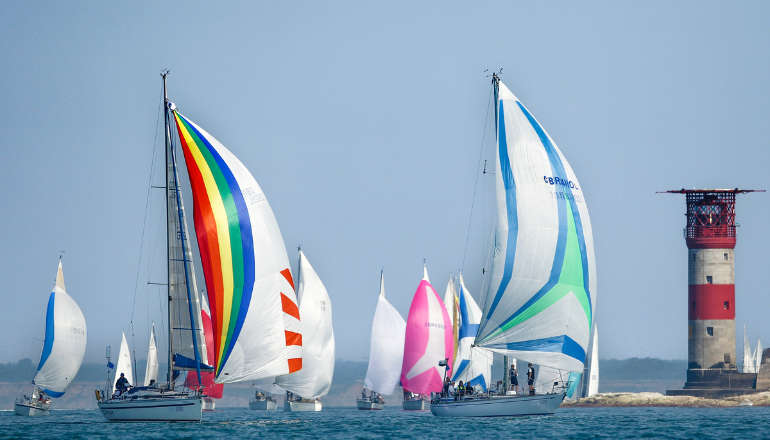 Entries For 2024 Round The Island Race Now Open
Entries For 2024 Round The Island Race Now Open
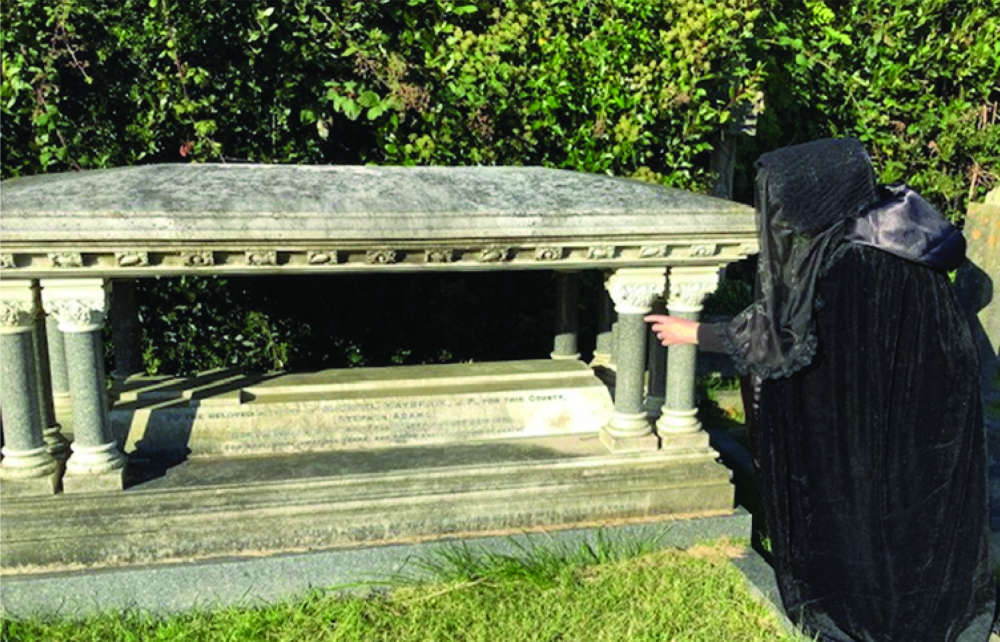 History: The Mystery of The Maybricks
History: The Mystery of The Maybricks
 Feed An Isle Of Wight Family This Christmas
Feed An Isle Of Wight Family This Christmas
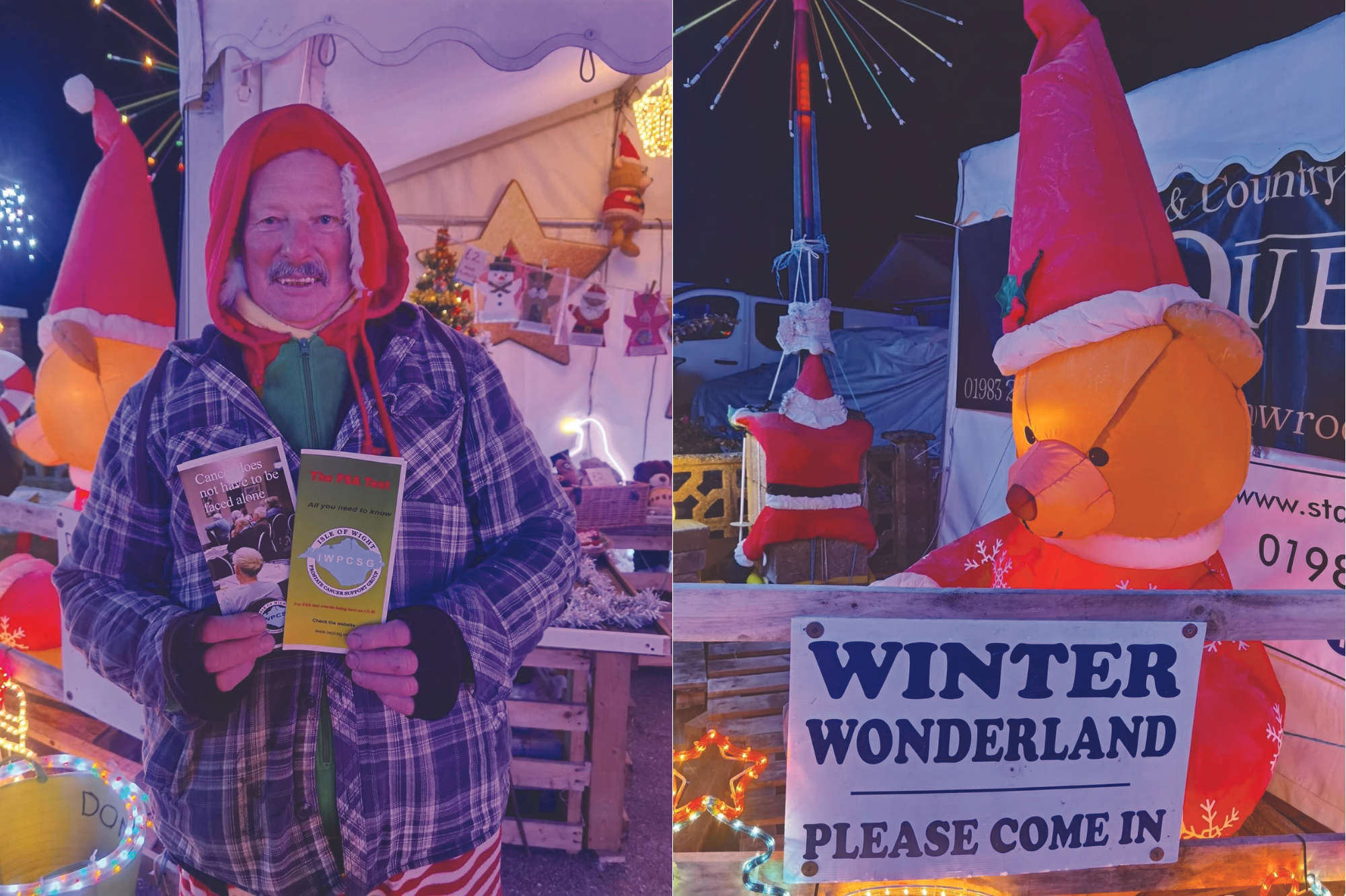 Lighting Up Long Lane for Nearly Quarter of a Century
Lighting Up Long Lane for Nearly Quarter of a Century